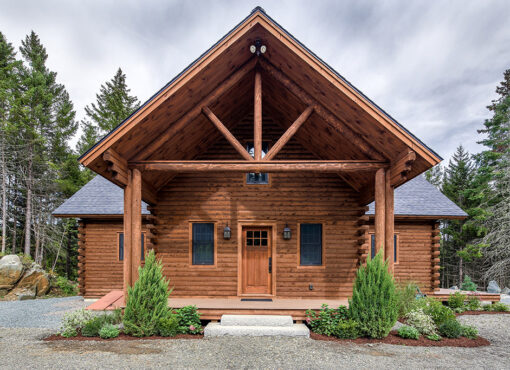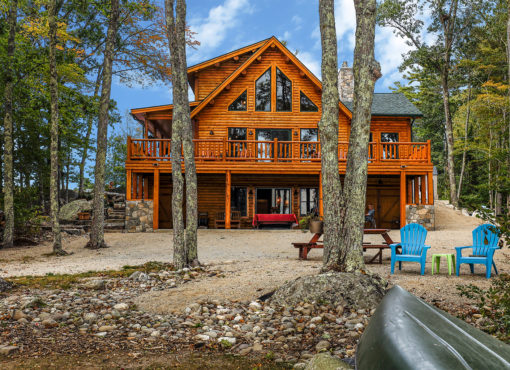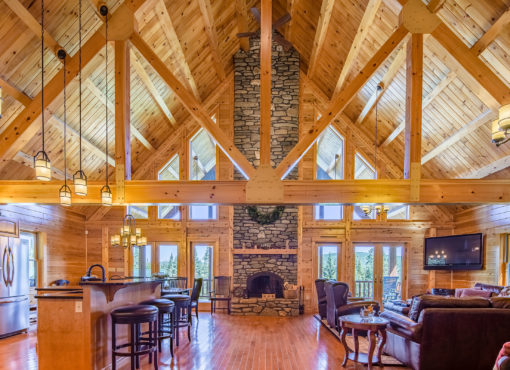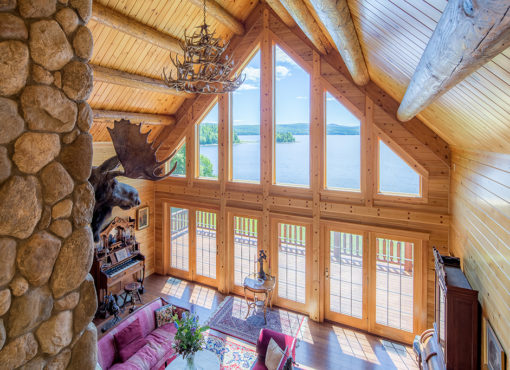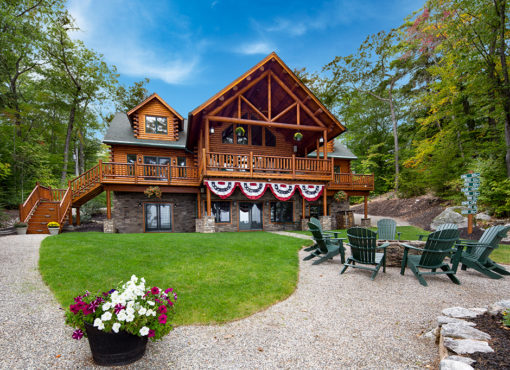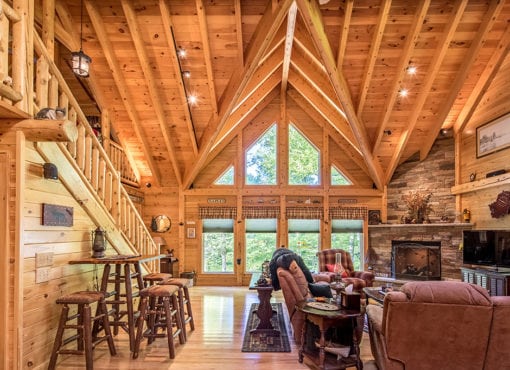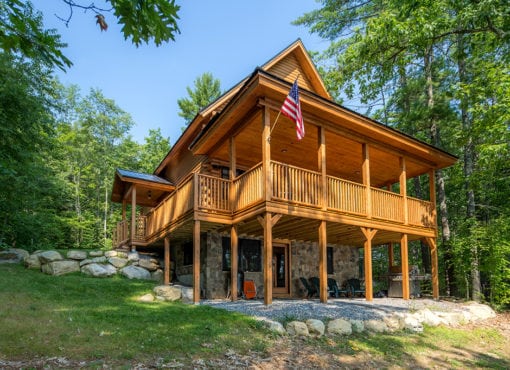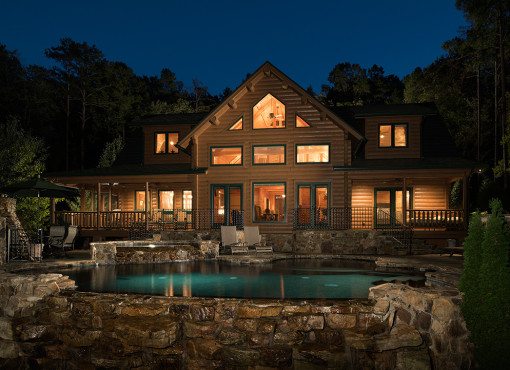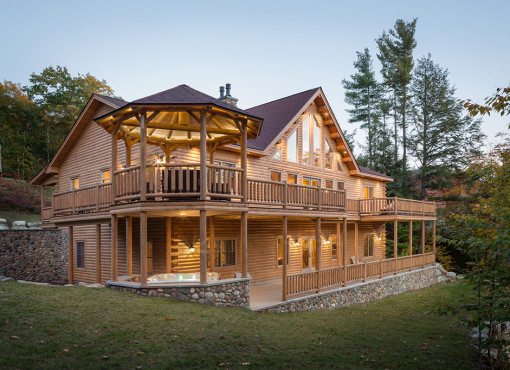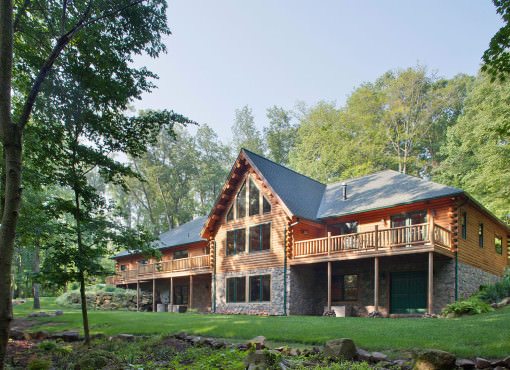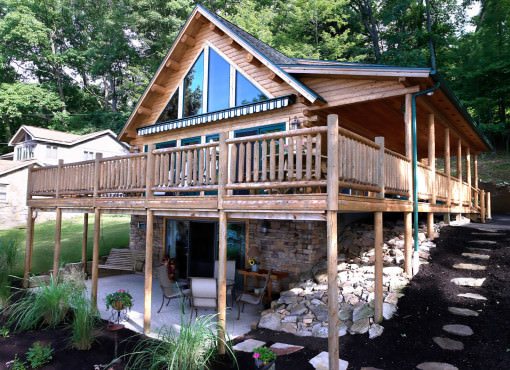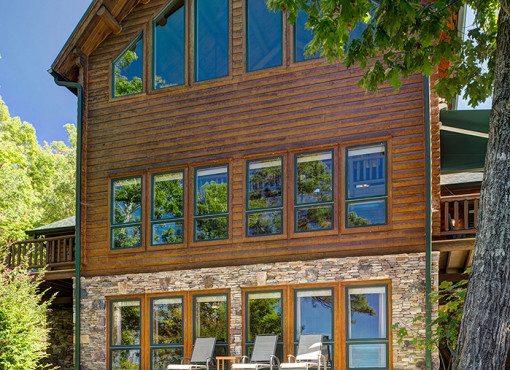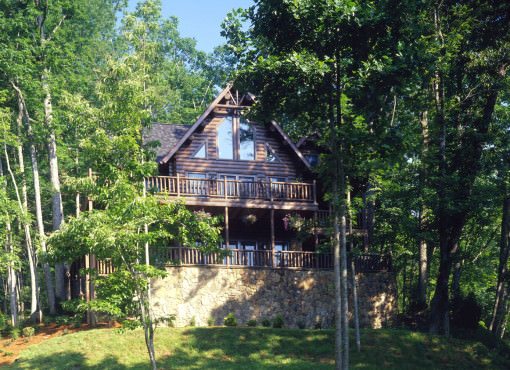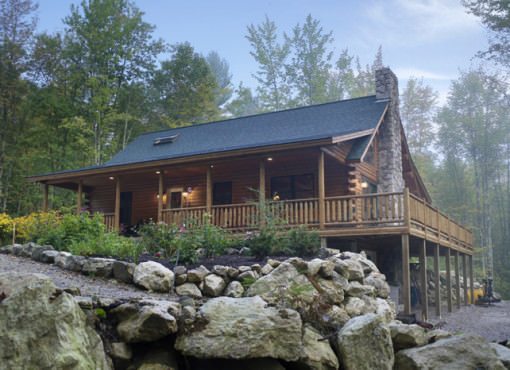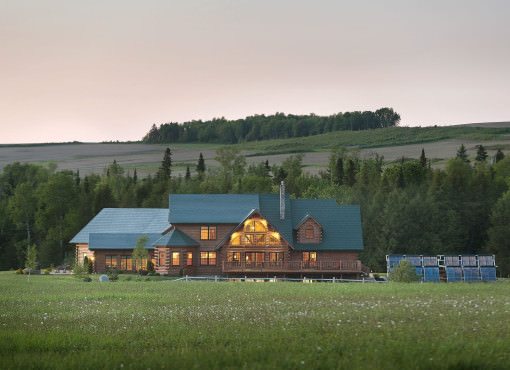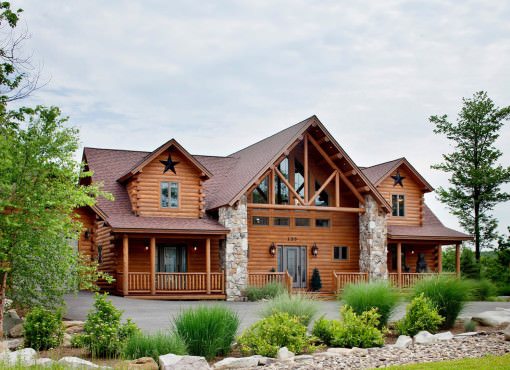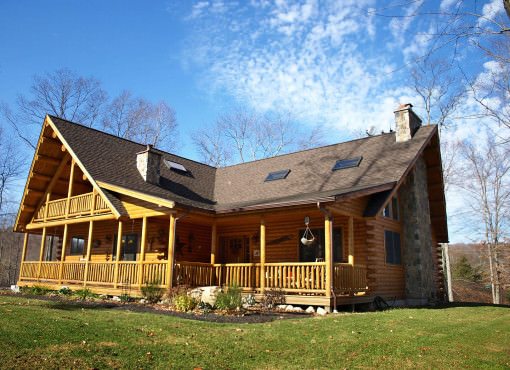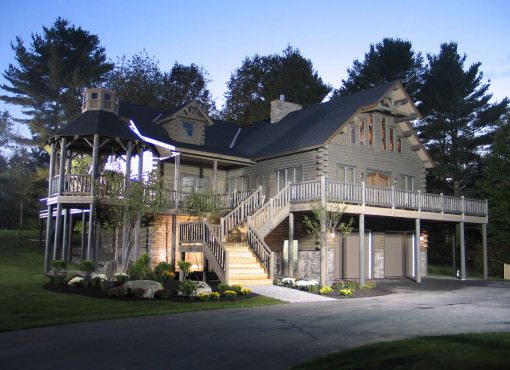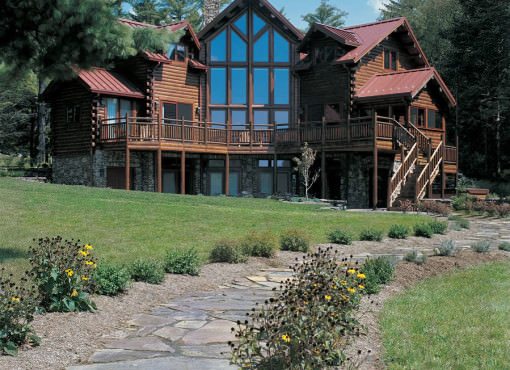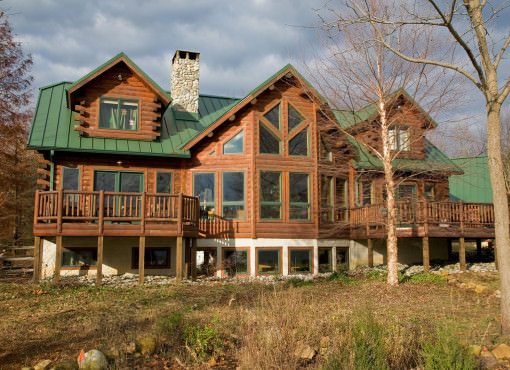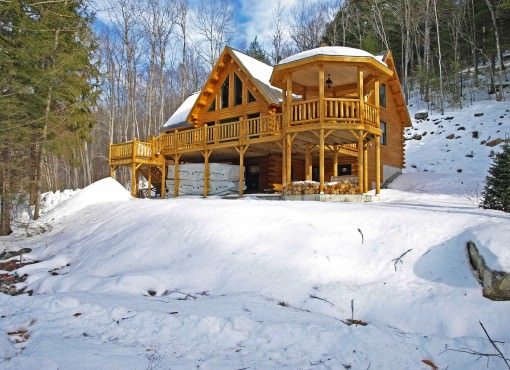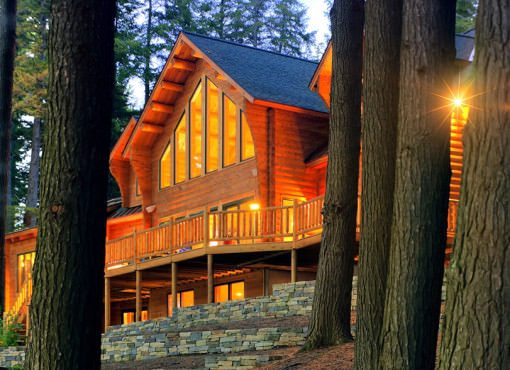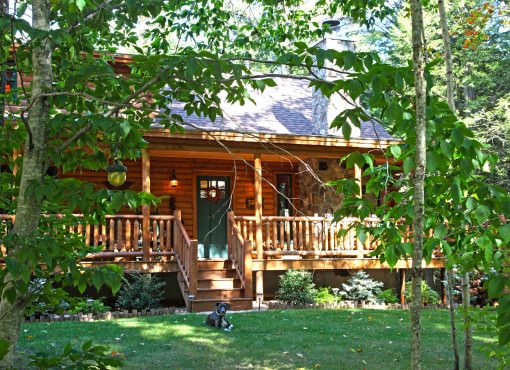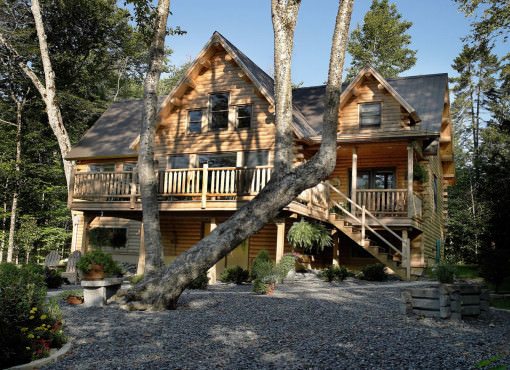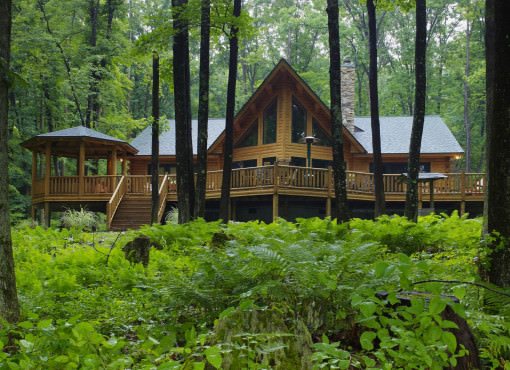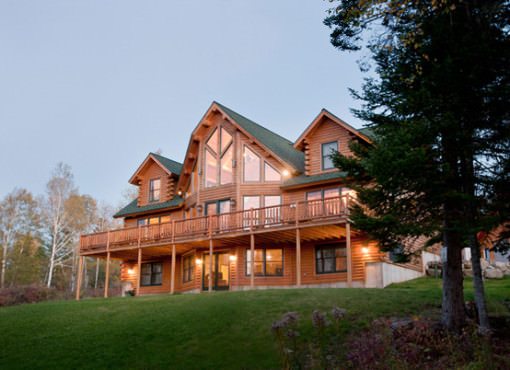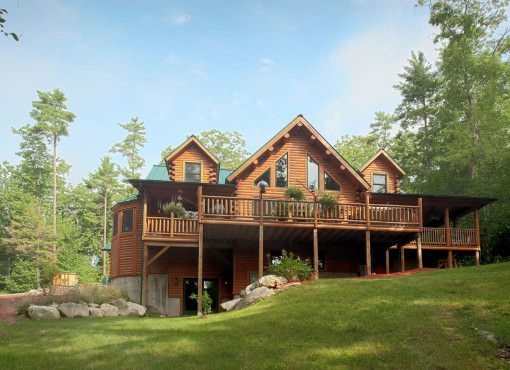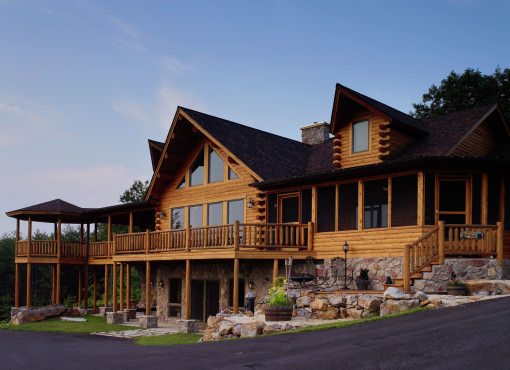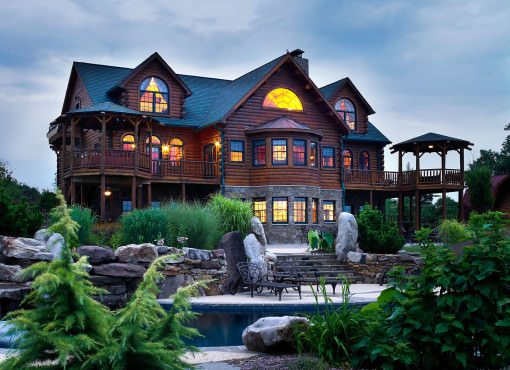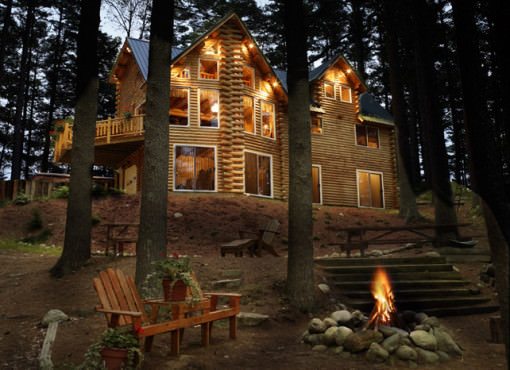When considering purchasing a log home, we at Katahdin Cedar Log Homes want to provide information and resources for our customers to learn about the process as a whole. This includes topics such as log home design and building, heating tips, green certification, maintenance and finding the best log home loans.
Though Katahdin does not offer loan packages, our experienced staff can provide you with the details and documentation required by most log home loan lenders. With our history and reputation in the industry we are able to help you anticipate most every detail required for the loan application. Katahdin has been an expert in the field for almost fifty years, and we have passed our knowledge on to all of our specialized dealers. They are all equipped with the information necessary to help our customers through the log home lending process to ensure efficient and optimal results.
Below is a brief overview of the steps of the log home loan process:
- Pre-Qualification: This is not the same as applying for a loan, but it will give you an estimate of a loan amount your lender expects to be able to provide to you. Pre-qualification is highly recommended to help guide you in determining the new home you select by keeping you within a budgeted amount. Most lenders have only a select number of loans available for log or timber-frame home, so this will give you an idea of the options available.
- Your New Log Home: Visit log home models, look at a variety of floor plans, and determine what you want your new log home to be. Work out the details of your floor plan and related site work construction with your log home dealer in order to come to a final sales agreement. You will need to provide a copy of the sales agreement to your lender.
- Loan Application: Your lender will give you a complete list of items to provide, but they include an application form (and fee), documentation of income and assets, a copy of the sales agreement, and a legal description of property. Additionally, you will need to supply complete final plans and specifications along with necessary contracts.
- Appraisal: Lenders want to know what the approximate value of your new home will be once it is completed in order to determine loan eligibility. Most loans must be a certain percentage lower than what the final worth is estimated to be in order for a lender to approve the loan. Appraisers generally look at 3 comparable homes in the area to determine an estimated value, but many lenders require comps be log homes instead of traditional homes. Some lenders allow custom built homes to be used as comps.
- Approvals and Permits: Once your loan is approved, you must obtain the proper approvals and permits from your town before construction can begin. Check with your log home dealer and lender for the approvals and permits required in your town.
- Loan Draw Schedule: Construction loans are paid out in a series of draws based on a schedule. Most lenders have standard draw schedules based on milestones during and after the construction, but you may work with your lender to customize a draw schedule for your particular needs. The schedule is drawn up prior to closing.
- Loan Closing: You will meet with your lender, your dealer, and any necessary legal representatives to close (finalize) your loan. A loan closing spells out all terms and conditions to those involved in the contract and serves as approval for construction to begin.
- Construction: Your lender will periodically check the progress of the build to make sure things are running in accordance to the draw schedule.
- Loan Modification: After the home is complete, the construction loan is modified into a traditional mortgage.
Once you have browsed our many log home plan options, please register and we will be in touch to help you through the lending process!

